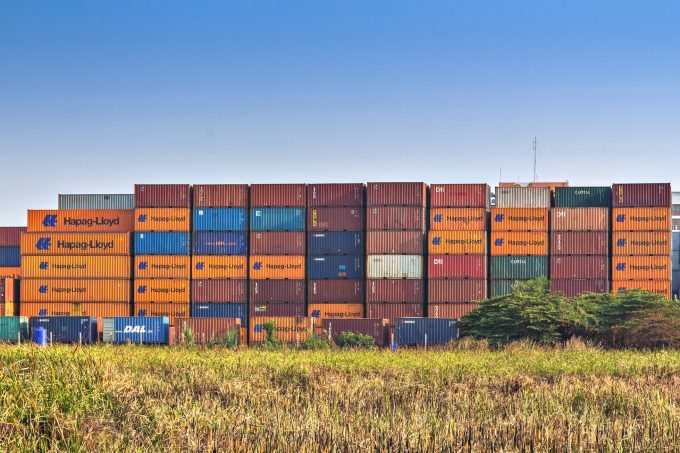Ripples from 2025 CNY 'may still be rocking the boats in summer'
Danish forwarder DSV has warned that ripples from the Chinese New Year (CNY) holiday could ...

The Global Shippers’ Forum (GSF) has warned that the “biggest issue since VGM [container weighing]” is on the cards.
This week GSF met with the International Plant Protection Convention (IPPC) in Arizona. IPPC is investigating concerns that parasites and other invasive species are being spread globally on ...
Keep our news independent, by supporting The Loadstar
Four crew members still missing as Wan Hai 503 continues to burn
Explosions and 'out-of-control' fire reported on Wan Hai box ship
Carrier price hikes hold, driving spot rates higher as space gets scarcer
Crew forced to abandon ship in latest fire on vessel carrying EVs
The Loadstar Podcast | Transport Logistic and Air Cargo Europe 2025
Transpacific rates ease as capacity boost proves too much for trades to digest
MSC Elsa crew face criminal probe, as Wan Hai 503 firefighters battle on


Comment on this article
Paul Nicholson
October 25, 2018 at 6:36 amAn interesting read , at least on a vessel or aircraft there is some sort of “containment” , but with the rail- Silk Road rail movements , how many countries do the containers pass through on rail ? and how many potential “pick up & drop off “ for bugs?
James Hookham
October 25, 2018 at 5:01 pmGreat point, Paul. Thanks for the comment. Agree Silk Road opens a whole new frontier! Contamination left inside the container (and truck) is as big a concern so we need container packers and hauliers to ‘Think Bug’ and take responsibility.